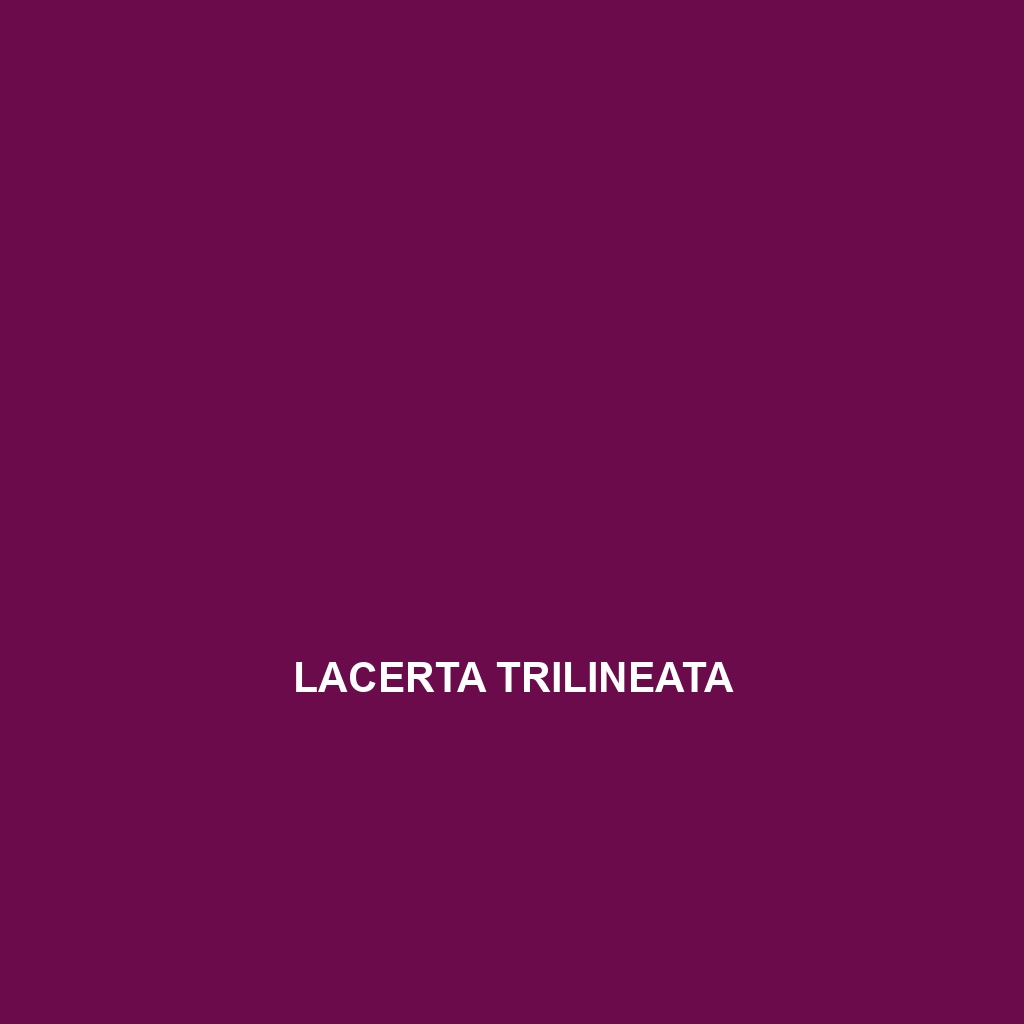<p><b>Pseudotrapelus neumanni</b>, also known as Neumann's lizard, is a diurnal insectivore native to arid regions of North Africa, characterized by its streamlined body, vibrant blue throat in males during mating, and remarkable adaptability to harsh climates. With a diet primarily consisting of insects and a vital role in controlling populations, this species is crucial for maintaining ecological balance.</p>
Tag: North Africa lizards
Pseudotrapelus neumanni
<p><b>Pseudotrapelus neumanni</b>, also known as Neumann's lizard, is a diurnal insectivore native to arid regions of North Africa, characterized by its streamlined body, vibrant blue throat in males during mating, and remarkable adaptability to harsh climates. With a diet primarily consisting of insects and a vital role in controlling populations, this species is crucial for maintaining ecological balance.</p>
Mesalina rubropunctata
<b>Mesalina rubropunctata</b>, commonly known as the Red-spotted Sand Lizard, is a medium-sized, insectivorous lizard native to arid regions of North Africa and the Middle East, characterized by its vibrant red or orange spots and burrowing abilities that aid in thermoregulation. This resilient species plays a crucial role in its ecosystem by controlling insect populations and serving as a food source for larger predators.
Mesalina brevirostris
<p><b>Mesalina brevirostris</b>, also known as the short-snouted lizard, is a diurnal species found in arid regions of North Africa and the Middle East, characterized by its slender body measuring 10 to 20 cm, short snout, and large eyes. This agile insectivore plays a vital role in its ecosystem by controlling insect populations and serving as prey for larger animals.</p>
Lacerta trilineata
The <b>Lacerta trilineata</b>, or three-lined lizard, measuring 20 to 30 cm, thrives in diverse southern European and North African habitats, displaying a distinctive three-lined pattern for effective camouflage. As an insectivore, it plays a crucial role in controlling insect populations while exhibiting notable behaviors such as territorial displays and tail autotomy for predator evasion.
Blanus aporus
Discover the Blanus aporus, commonly known as the glass lizard, a legless lizard found in the arid regions of southern Europe and North Africa. Measuring 40 to 60 cm, it boasts smooth, shiny skin, a nocturnal burrowing behavior, and a diet primarily consisting of small invertebrates, contributing significantly to its ecosystem by controlling insect populations.





